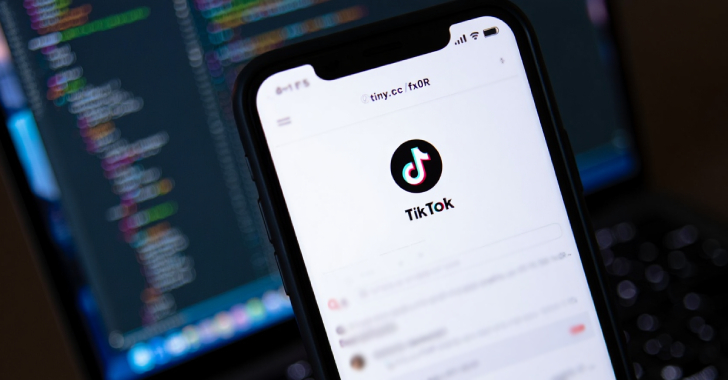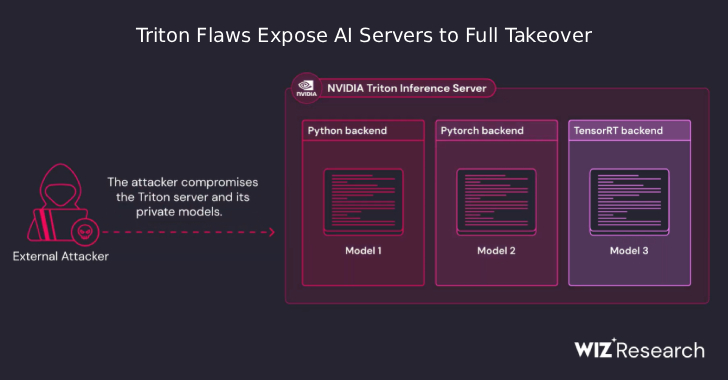Cybersecurity Wake-Up Call: Lessons from the London Hospitals Ransomware Attack
How Outdated IT Systems and Basic Security Lapses Could Cost Your Organization Everything
The recent ransomware attack on the NHS (National Health Service)—one of the worst in British history—is a dire warning: outdated IT systems and weak cybersecurity practices could spell irretrievable disaster for any organization.
The recent ransomware attack that crippled the NHS, disrupting healthcare services across major London hospitals, has underscored the urgent need for robust cybersecurity measures.
This incident, which Professor Ciaran Martin, the founding CEO of the UK’s National Cyber Security Centre (NCSC), described as one of the most serious cyber incidents in British history, highlights vulnerabilities that extend far beyond the healthcare sector.
Key Details of the Ransomware Attack
The attack, which we reported last month, was orchestrated by the Russian-based hacking group Qilin and targeted Synnovis, a pathology testing organization. This led to significant disruptions at major hospitals, including Guy’s, St Thomas’, King’s College, and Evelina London Children’s Hospitals.
NHS England declared it a regional incident, with nearly 5,000 outpatient appointments and 1,391 operations postponed. The attackers demanded a staggering £40 million ransom. However, the NHS refused to pay, resulting in the criminals publishing stolen data on the dark web.
Key Takeaways for CISOs and Business Leaders:
1. Modernize Outdated IT Systems
The attack on the NHS revealed a glaring issue: the reliance on outdated IT infrastructure. According to a British Medical Association report, doctors waste 13.5 million hours annually due to antiquated systems, equivalent to the workload of 8,000 full-time medics. This inefficiency is not just a productivity drain but a significant security risk. Outdated systems often lack the latest security patches, leaving them vulnerable to exploitation by cybercriminals.
Action Point: Conduct a comprehensive audit of your IT infrastructure. Identify and replace outdated hardware and software to close security gaps. Modernizing your systems is an investment in both operational efficiency and cybersecurity resilience.
2. Identify Single Points of Failure
Prof Martin emphasized the importance of pinpointing “single points of failure” within the IT ecosystem. In the NHS case, the attack on Synnovis, a pathology testing organization, led to widespread disruptions, postponing nearly 5,000 outpatient appointments and 1,391 operations.
Action Point: Map out your critical systems and dependencies. Implement redundancy and failover mechanisms to ensure that a single compromised system does not lead to a catastrophic breakdown. Regularly test these systems to ensure they function as intended during an incident.
3. Enhance Basic Security Practices
The NHS attack illustrated how basic security lapses can provide entry points for cybercriminals. Issues such as weak passwords, lack of multi-factor authentication (MFA), and inadequate employee training can significantly undermine an organization’s security posture.
Action Point: Strengthen your security protocols by enforcing strong password policies, implementing MFA across all access points, and conducting regular security awareness training. These measures can greatly reduce the risk of successful attacks, as even the most sophisticated malware often relies on exploiting simple vulnerabilities.
4. Invest in Cyber Resilience
While NHS England has invested £338 million over the past seven years to bolster cybersecurity, Prof Martin’s warnings suggest that more urgent and targeted action is needed. The fragmented nature of NHS IT systems, with decade-old computers and unsupported software like Windows 7, highlights the ongoing challenges of maintaining a secure IT environment.
Action Point: Allocate sufficient budget to cybersecurity initiatives, ensuring that investments are strategic and aligned with current threat landscapes. Regularly review and update your cybersecurity strategy to adapt to evolving risks.
Conclusion
The NHS ransomware attack is a potent reminder that no organization, regardless of its size or sector, is immune to cyber threats. For CISOs and business leaders, the lessons are clear: modernize your IT infrastructure, eliminate single points of failure, enhance basic security practices, and invest in robust cyber resilience. By taking these proactive steps, you can safeguard your organization against the growing tide of cyber threats and ensure the continuity of your critical operations.
Cyber Defense Advisors
At Cyber Defense Advisors (CDA), we specialize in helping organizations overcome cybersecurity challenges and seal gaps in their infrastructure. We provide tailored solutions to modernize outdated systems, enhance basic security practices, and build resilient defenses against sophisticated threats.
With our expertise, we can fortify your defenses, ensuring your organization is well-protected from future attacks. Our team of experts is dedicated to identifying and mitigating vulnerabilities, ensuring your operations remain secure and uninterrupted.
Contact us today with any questions and stay safe out there!






